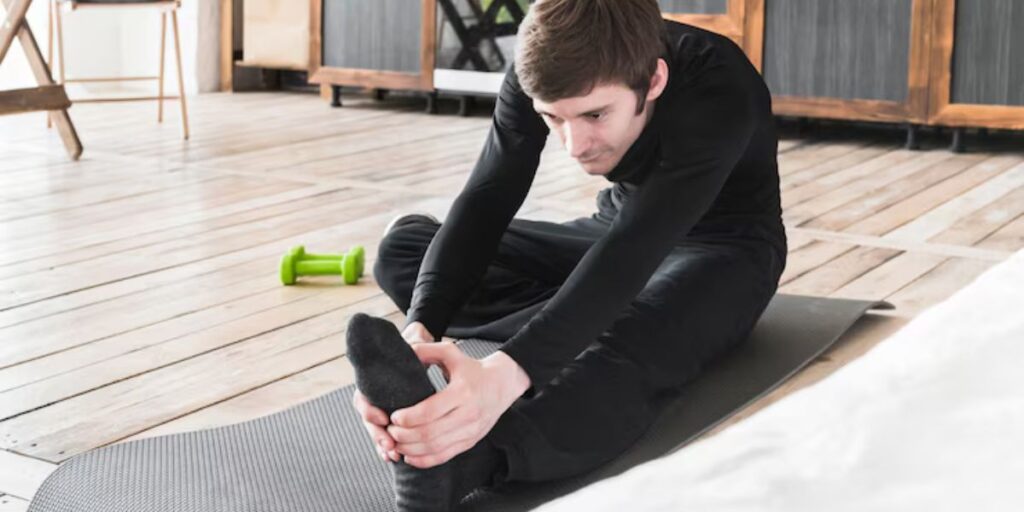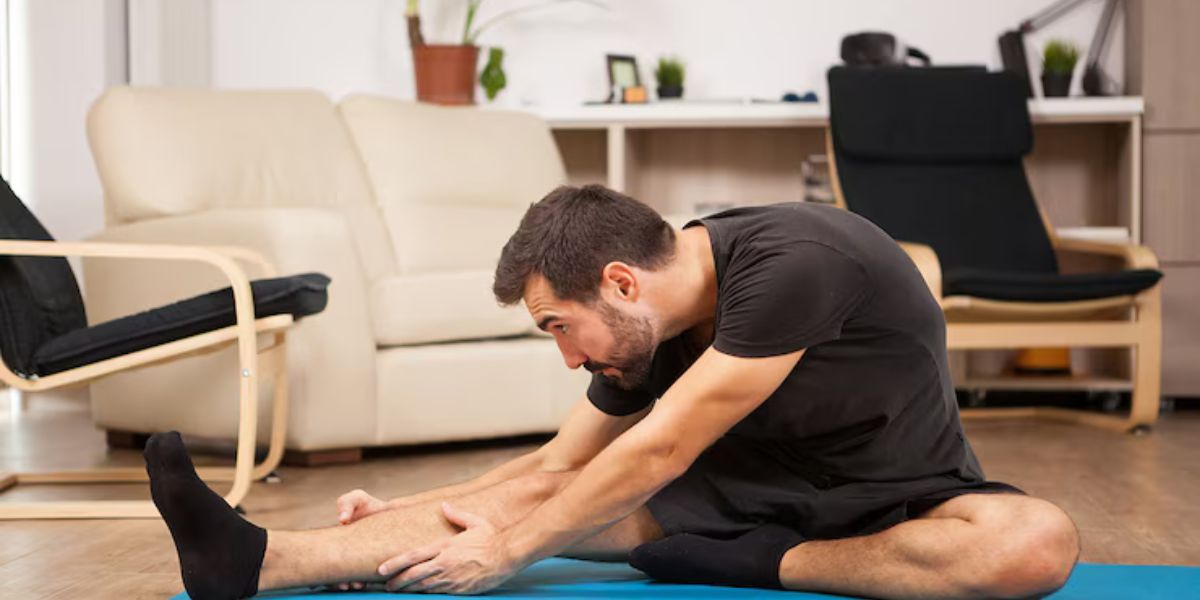Introduction to Ankle Sprain Rehabilitation
An ankle sprain can happen to anyone—during sports, a quick step off a curb, or even while walking on uneven ground. The good news is that with the right ankle sprain exercises, you can recover faster, build strength, and prevent future injuries. These exercises help improve ankle flexibility, joint stability, and muscle support around the injured area. Starting the right routine at the right time makes a big difference in your recovery. Whether you’re dealing with a mild twist or a more serious sprain, a structured rehab plan using range of motion exercises and ankle strengthening movements will guide your foot back to health and keep you active.
When to Start Ankle Sprain Exercises
Knowing when to move a sprained ankle is important. Right after the injury, rest and ice help reduce swelling. This is known as the ankle swelling phase. After a few days, you enter the post-acute phase, where light movement can begin. The ankle sprain recovery timeline depends on how severe the sprain is.
During the subacute stage rehab, gentle movement supports blood flow and prevents stiffness. Always wait until swelling lessens and you can bear weight comfortably. Every injury heals differently, so it’s best to talk to a professional about when to start your ankle rehabilitation exercises.
Range of Motion Exercises for Ankle Recovery
Ankle mobility exercises help restore normal movement and reduce stiffness. One simple method is the ankle alphabet exercise, where you “write” the alphabet in the air with your big toe. Another is towel scrunches for feet, where you use your toes to pull a towel toward you. These help with control and strength.
You can also do dorsiflexion exercises and work on plantar flexion recovery. These movements help you regain the ability to bend your foot up and down. Small daily efforts make a big difference in your overall sprained ankle rehab success.
Stretching Exercises for Ankle Flexibility
After a sprain, ankle flexibility exercises are useful to stretch tight muscles and tendons. One of the best stretches is the calf stretch seated, which you can do with a towel or strap while sitting. This improves your range of motion and reduces tightness in the calf and ankle.
The towel stretch technique and heel raises for ankle are helpful for building flexibility and strength together. Stretching after injury also improves blood flow and healing. These stretches should feel firm but not painful.
Strengthening Exercises for Ankle Support
Strong muscles around your ankle provide better support. Use resisted ankle dorsiflexion exercises and do movements like ankle eversion and inversion to build up your ankle safely. Start with light resistance bands or body weight.
As you get stronger, try resistance band exercises for ankle and isometric ankle exercises. These movements help in strengthening weak ankles, reduce stress on ligaments, and allow for better performance in daily life or sports.
Balance and Control Exercises to Prevent Reinjury
Your body’s balance system, or ankle proprioception, helps you stay upright and avoid falls. Sprains often weaken this system. That’s why balance training after injury is important. Start by standing on one foot, called the one-leg balance. Then, progress to standing with your eyes closed to test your control.
Practicing these movements helps restore your body’s reflexes. This is vital for rehab for chronic sprains and to avoid future injuries. Focus on posture and breathing while doing these balance drills.
How to Perform the Exercises Safely
Proper technique ensures your rehab goes well. Focus on proper form in rehab, not speed. Choose exercises that allow for pain-free movement. You may feel mild discomfort, but sharp pain means you should stop.
Stick to recommended ankle exercise reps and rest as needed. Avoid doing too much too soon, as this could lead to an overuse injury. Always follow ankle rehab precautions and work under a trained professional if possible.

Using Braces and Supports During Recovery
Many people use an ankle brace for sprain during healing. This adds stability and protects the joint. Some prefer a compression sleeve for ankle to reduce swelling. Athletes may use sports ankle supports during workouts.
Other options like KT tape for ankle or soft casts help in special cases. These ankle stability devices are tools to use wisely. Always wear them as advised by a doctor or physical therapist.
Preventing Repeat Sprains
Once healed, your focus should shift to chronic ankle sprain prevention. Continue your exercises, warm up before activity, and use ankle support footwear. Good shoes help prevent slipping or rolling your ankle again.
Add a warm-up before activity to your daily habits. This supports ankle stability improvement and lowers the chance of ligament re-injury risk. Prevention is easier than recovery, so stay active and aware.
Patient FAQs and Additional Advice
Many ask how long to rest a sprained ankle. For mild sprains, 2 to 5 days of rest is common. You can slowly return to movement after that. When wondering about walking on a sprained ankle, do it only when it no longer hurts to put weight on it.
Some prefer home remedies for ankle sprain, like RICE (rest, ice, compression, elevation), along with gentle movement. If you’re unsure about progress, ask ankle rehab questions to a therapist. They can also guide you on when to return to sports safely.
Final Thoughts: Stay Consistent and Recover Stronger
Consistency is everything in sprained ankle rehab. Progress may be slow, but regular effort leads to long-term gains. Stay consistent with rehab even after pain is gone. That’s how you avoid setbacks and maintain healthy movement.
Good habits lead to long-term ankle care and ankle recovery success. After healing, your new post-rehab ankle maintenance routine will keep you strong and steady. Stay motivated, and you’ll enjoy injury-free ankle training and full mobility once again.
Welcome to Heel Tooth! I’m Lee Marvin.

